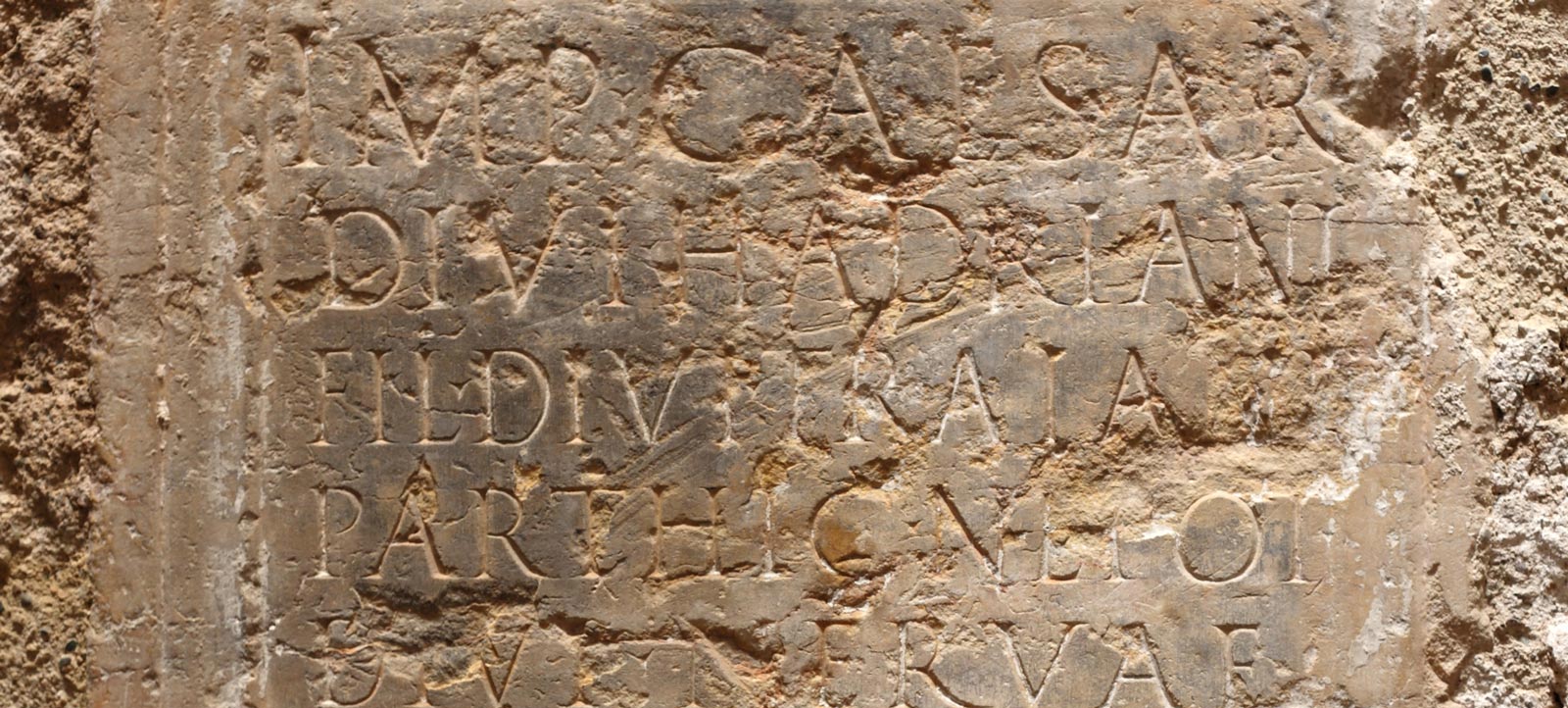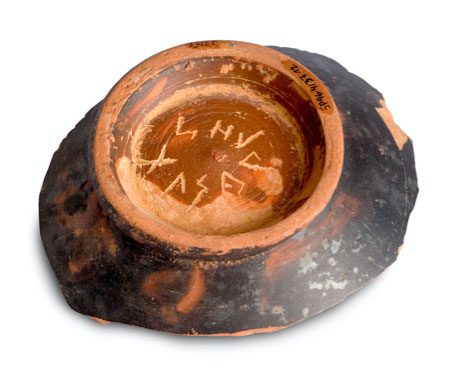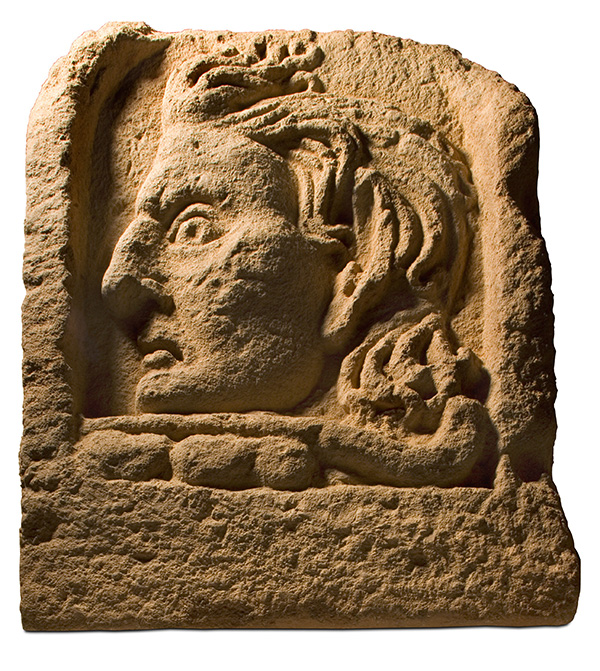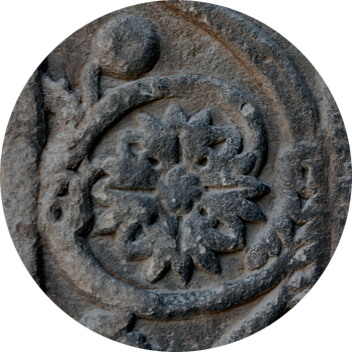



From the 5th century BC onwards, we find the definitive and continued presence of a settlement in the Sant Pere area. The Alexandrian geographer Claudius Ptolemy (90-168) draws on ancient sources in mentioning in his work Geography the settlement of Egosa, which could be a reference to this Iberian town.
The archaeological traces of the Iberian era which have been uncovered correspond to the remains of a house, various hearth places, the foundation trench of a house, and a fair number of storage silos and imported pottery, ranging from Attic Greek vessels with red figures (5th-4th centuries BC) up to the period of Romanisation.
From the 2nd century BC onwards the Romans began their colonisation of the region, with the site being granted municipal status under the emperor Flavius Vespasian (69-79), going by the name of Municipium Flavium d'Egara.
The surviving traces of this Roman period in the Sant Pere area include honorific and funereal epigraphic remains, as well as decorative elements, paving, storage silos and tanks, wells and other industrial structures, and also the remains of a domus (or Roman house), subsequently incorporated within the residence of the bishop during the episcopal period.
